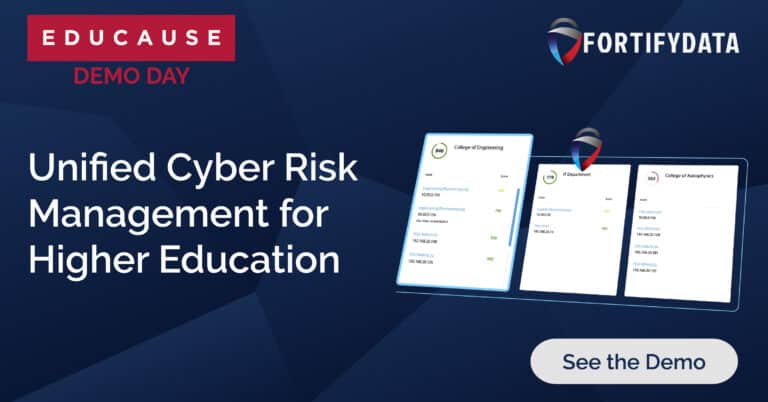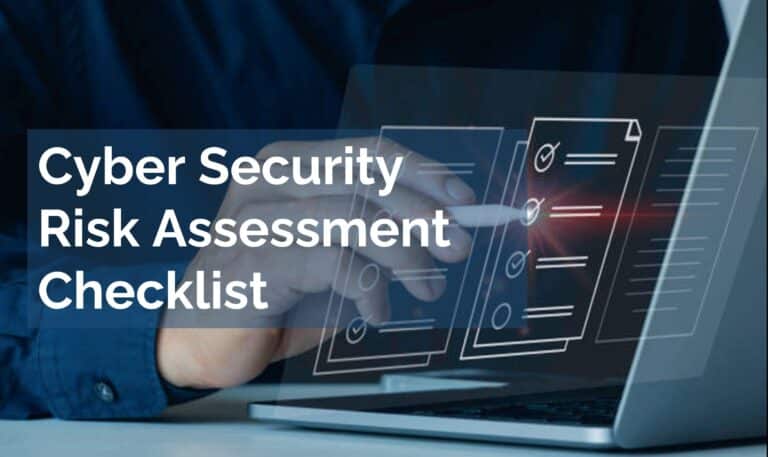
How Pima Community College Strengthened Its Attack Surface Management with FortifyData https://youtu.be/yAJs9kCxmCw Challenge Pima Community College struggled with comprehensively…
"This is an excellent starting point for any organization that wants to get serious about their cyber risk management. The system has the capability to grow as you become more sophisticated in your use"
IT Director
Services Industry
The FTC Safeguards Rule will be applied to many new industries beyond traditional financial services organizations. The Federal Trade Commission (FTC) has been preparing to amend the GLBA Safeguards Rule for protection of customer data. The Safeguards Rule is one of the three sections of the Gramm-Leach-Bliley Act (GLBA) of 1999 that also includes a Financial Privacy Rule and Pretexting Provisions.
The amendment to the Safeguards Rule is to better protect Personally Identifiable Financial Information (PIFI) from non-banking financial services organizations that offer financing as part of the purchasing process. These additional companies include:
These organizations will now be included in the scope of the FTC safeguards rule IF the organizations process more than 5,000 personal finance records in a year. The net effect is that companies in these industries will need to ensure a base level of cybersecurity and risk assessment activity to better protect themselves from cyber-attacks and the breach of consumer and other data.
The Safeguards Rule – requires financial institutions (and now many other industry companies with this amendment) to implement administrative, physical, and technical safeguards to protect such information against cyber-attacks, email spoofing, phishing schemes, and similar cybersecurity risks.
This new rule will apply to those companies with exceptions for entities that handle less than 5,000 consumer records and the exceptions will only apply to some of the requirements. The exceptions being specifically- having a written risk assessment, an incident response plan and preparing the annual report to the board of directors. If you are exempt, we will still recommend you conduct those activities.
The National Auto Dealerships Association (NADA) communicated the upcoming changes to members, prior to the deadline extension at the end of 2022. An article by Bloomberg Law further clarified the additional types of companies that will now be in-scope for compliance.
When does the amended FTC Safeguards Rule go into effect?
While this originally applied to financial institutions, the FTC has proposed changes to the Safeguard rule that adds non-banking institutions into scope via the processing of consumer financial information. Due to increasing data breaches that includes a growing number of ransomware attacks, the FTC is amending this rule to include more entities in an effort to prioritize the protection of consumer information. Throughout 2022 the FTC has proposed changes and sought commentary to be included in the final rule publication.
Deadline to be in compliance with the amended Safeguards Rule: June 9, 2023
What are the FTC Safeguards Rule Requirements?
Entities subject to meeting the Safeguards Rule requirements, as defined in Section 314.4 of the Code of Federal Regulations (this is the Elements section of the broader Standards for Safeguarding Customer Information of Part 314), must ensure these nine elements are included and conducted as part of the information security policy. Nine elements summarized from the current version of Section 314.4:
How FortifyData Helps Companies Meet the Safeguards Rule
FortifyData can assess, contextualize and prioritize the cybersecurity risk of a company subject to the rule, to also include service providers (third parties).
Our platform can conduct the risk assessments for both the company and the service providers (third parties) to meet the Safeguard Rule and the benefits are:
Enforcement
Expect the consideration for fines, penalties, litigation risks or other administrative actions will arise from not just the data breach, but if it is determined that a company in-scope for the FTC Safeguards rule is not in compliance.
As it relates to Auto Dealerships, and applicable to other entities, fines and penalties can range from:
References:



| Cookie | Duration | Description |
|---|---|---|
| cookielawinfo-checkbox-analytics | 11 months | This cookie is set by GDPR Cookie Consent plugin. The cookie is used to store the user consent for the cookies in the category "Analytics". |
| cookielawinfo-checkbox-functional | 11 months | The cookie is set by GDPR cookie consent to record the user consent for the cookies in the category "Functional". |
| cookielawinfo-checkbox-necessary | 11 months | This cookie is set by GDPR Cookie Consent plugin. The cookies is used to store the user consent for the cookies in the category "Necessary". |
| cookielawinfo-checkbox-others | 11 months | This cookie is set by GDPR Cookie Consent plugin. The cookie is used to store the user consent for the cookies in the category "Other. |
| cookielawinfo-checkbox-performance | 11 months | This cookie is set by GDPR Cookie Consent plugin. The cookie is used to store the user consent for the cookies in the category "Performance". |
| viewed_cookie_policy | 11 months | The cookie is set by the GDPR Cookie Consent plugin and is used to store whether or not user has consented to the use of cookies. It does not store any personal data. |